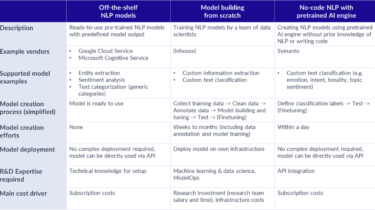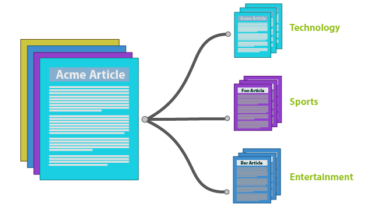Natural language processing of Samuel Pepys’ Diary
Samuel Pepys was a 17th century Englishman who kept a daily diary for 10 years which gives us a unique insight of life in Stuart England and includes eye-witness accounts of events such as the Great Fire of London and the Great Plague of London. I have started a project to analyse the text from the diary using common Python NLP libraries in order try and use data from the texts to find insights into Pepys’ thoughts and life. The […]
Read more








